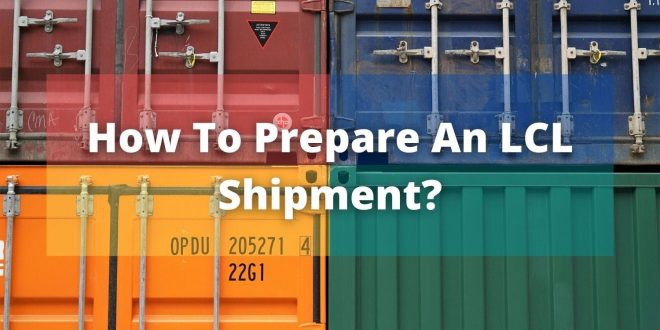LCL shipment refers to a shipping type when the cargo shares other shipments in the container. Although the most common type of shipment is LCL, it increases the risk of damage to your container or cargo, especially if your pallets are inadequate to withstand the weight of the cargo. Inefficient packing of the cargo might also cause potential damage to your valuables.
You definitely don’t have control over how other shipping companies pack their cargo. However, you could take extra precautions (use appropriate plastic pallets), to ensure that your LCL shipment is safe throughout the way.
Preparation for LCL shipment
There’s no one way to prepare for an efficient LCL shipment. It all comes down to the type of cargo/merchandise you are shipping.
It is best to measure the fragility of your merchandise and the number of boxes you are going to send in one go.
Don’t forget to follow the below steps for a safe LCL shipment:
1. Use proper packaging and shipping boxes
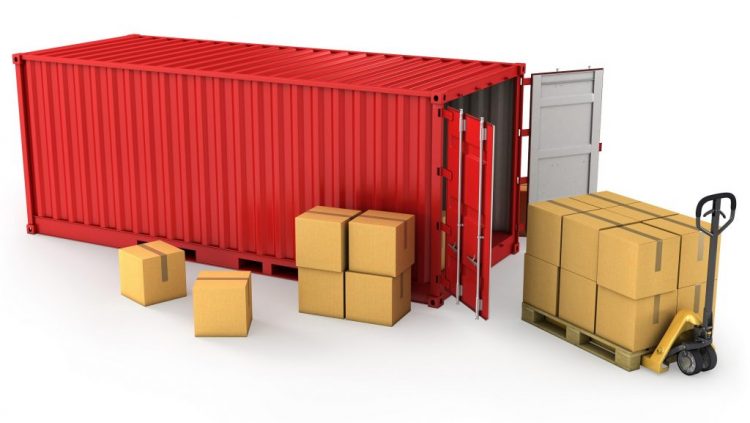
Other kinds of containers except for boxes, such as suitcases might cause damage to your goods. Boxes are a viable solution because some of the types are specifically designed for exporting goods.
If the products are fragile, you must bubble wrap them and then place them inside the box containers. Bubble wraps or plastic wraps provide extra protection to fragile goods.
For example, glass bottles will face more rough conditions throughout the shipping process. Therefore, it is best to over-wrap and over-protect your products. Packing them tightly protects them from spilling out of the plastic pallets.
2. Label the box containers appropriately
It’s necessary to label all the boxes correctly. Any wrong or misleading information could put you at loss. Make sure to label the box with the following information:
- Freight forwarder’s name
- Booking number
- Consignee name
- Shipper name
- Country of destination
- Country of shipment
Write it in a way that all the information must be visible to the handlers, regardless of how the boxes are placed in the container. LCL shipment has different stages of unloading and loading. Therefore, your cargo has to be properly labeled.
3. Label the boxes with sequence numbers
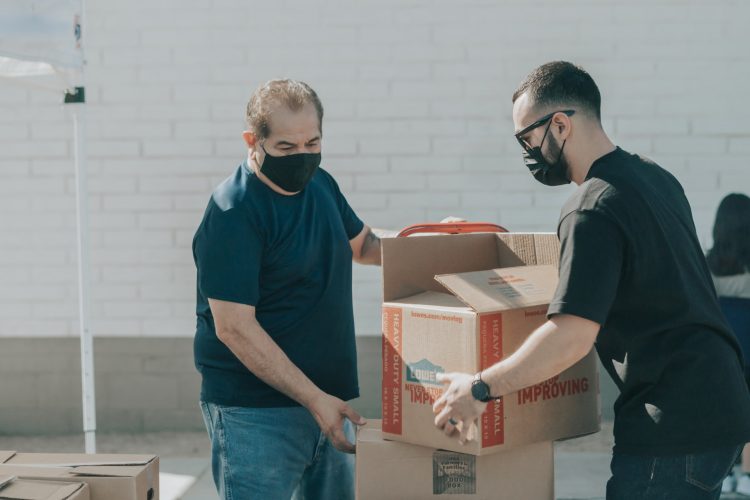
Label each box with numbers in sequential order so that the handler can count the total number of boxes correctly.
For example, if you are sending 3 boxes in cargo, label the numbers as:
- Box 1 of 3
- Box 2 of 3
- Box 3 of 3
4. Put a fragile sticker on the cargo
If you are a shipping company handling fragile goods, don’t forget to add a warning label. Attach the sticker of ‘fragile’ on each box to let others see. The ‘fragile’ stickers should be visible on all sides of the box.
Not doing so might result in damage to the products as LCL shipment consists of many stages of loading and unloading where workers handle the boxes roughly.
5. Ship your goods in pallets and calculate the volume of the shipment
It is best to calculate the volume of the shipment and then provide the total value, especially if you are opting for LCL shipment. Once you have calculated the estimate and volume of the shipment, it is time to move forward with the freight company.
It is best to use plastic export pallets for your cargo. LCL containers are mainly shared due to which cargo has a risk of potential damage. But the use of plastic pallets will reduce the risk of damage. Export pallets help you to ship the cargo safely overseas.
However, using export pallets adds to the overall price and volume of the shipment. If you don’t report the right volume of the shipment, you might face charges/incurring costs in the end.
6. Package the goods correctly
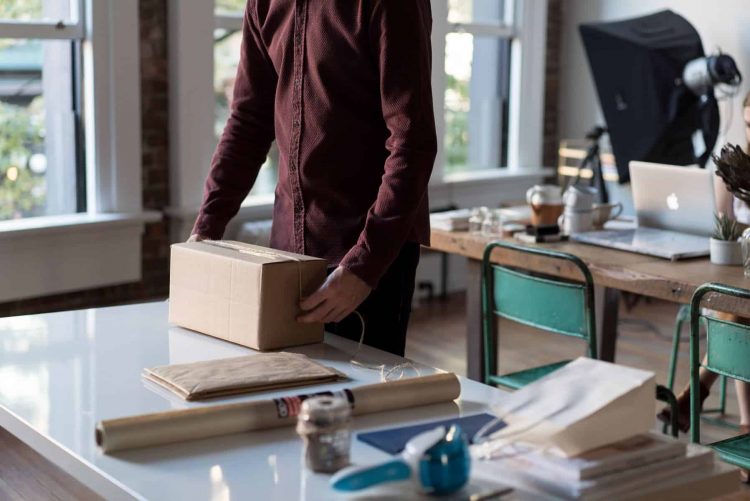
Stacking the goods uniformly for LCL shipment is a hard task. That being said, one part of the shipment must not come out high. Moreover, take care of the uneven distribution as unbalanced boxes might fall and cause damage to the goods.
The shipment cost depends on the volume. Therefore, uneven distribution of the boxes might add to the volume and the costs.
7. Point out the non-stackable export pallets
Some types of merchandise are not stackable, especially fragile products. Plastic pallets are mostly stackable but using non-stackable export pallets might be an ideal option if you are shipping fragile goods.
Let the freight forwarder know about the non-stackable plastic pallets by labeling them.
8. Use only export and plastic pallets for LCL shipment
The palletizing process occurs at the warehouse. It is best to use plastic export pallets to reduce the risk of damage. Here’s something about the plastic and export pallets:
Export pallets
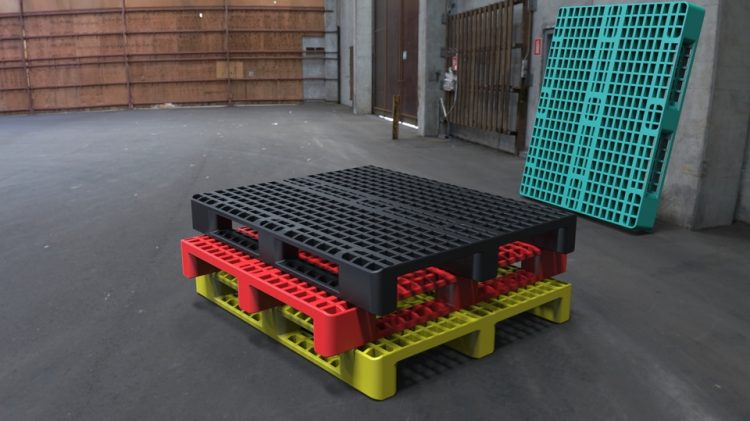
Export pallets are made from dependable and durable plastics to give you all the peace in the world when exporting your goods. These plastic export pallets comply with ISPM-15 regulations, unlike wooden pallets, and are highly sustainable.
There are 5 types of export pallets:
- Euro export pallets
- Asian export pallets
- USA export pallets
- AUS export pallets
- UK export pallets
Dimensions are quite important when selecting the export pallets. The dimensions of these pallets determine if they would be suitable to carry and keep the merchandise in place. Click here and buy from a variety of plastic export pallets for your next LCL shipment.
Plastic pallets for LCL shipment
Plastic pallets are quite shipment-friendly because they don’t need special treatments, as opposed to wooden pallets. By using plastic pallets, you are saving the environment (by not cutting trees) and complying with ISPM-15 regulations.
These pallets are available in an array of plastic materials and high-tech designs. Here are some benefits of plastic pallets:
- No debris and splinters
- Various designs and styles available
- Recyclable
- Stackable to reduce freight charges
- Lightweight yet sturdy
Conclusion
Plastic pallets are used for many applications in addition to LCL shipment and export. They are designed to give great performance and stability at a lighter weight. LCL shipment has various stages of rough loading and unloading where plastic pallets must be used to overcome the risks of merchandise damage.
According to Topindustries the heavy lifting of your products can be very efficient with new technologies.
 Hi Boox Popular Magazine 2024
Hi Boox Popular Magazine 2024
